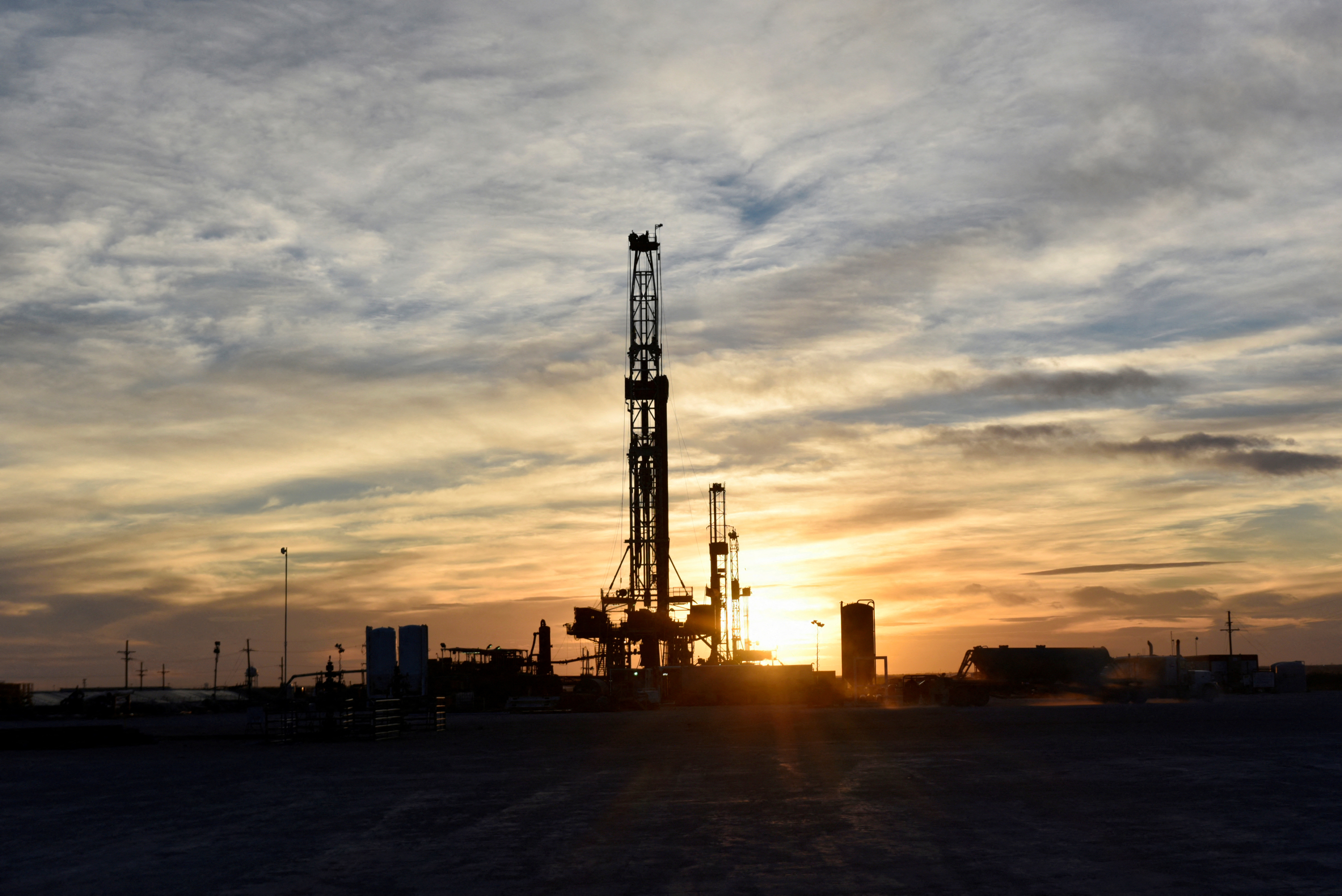Inventions, such as directional drilling and hydraulic fracking, spurred U.S. oil production to the world’s highest in 2018, and boosted its shale production to over 8 million barrels per day last year, from 2.6 million bpd a decade earlier.
Output gains, however, have dwindled as tight-fisted producers spend only enough to maintain output amid rising costs, while favoring giving cash to shareholders as dividends and stock buybacks.
The lack of investment has oil growth slowing as some of the most productive areas tap out. The best shale sites have been drilled and executives and analysts worry there is not enough high-quality inventory to last another decade.
Oil service firms, also paying down debt and shareholders, are shifting investments to less-polluting electric drilling rigs and fracking equipment, and technology like carbon-sequestration. That leaves less money for developing the tricks that could turn secondary properties into big producers.
“The technology interests are in new frontiers of geothermal and hydrogen, and biofuels,” said Daniel Yergin, a Pulitzer Prize-winning oil historian and vice chairperson of S&P Global (SPGI.N). “I don’t see any other transformative technology at this time that is really going to change the global market.”
Producers are turning to acquisitions to expand future production. On Monday, Chevron Corp (CVX.N) agreed to pay $7.6 billion in stock and acquired debt for smaller rival PDC Energy Inc (PDCE.O), a move that will add 10% to its oil and gas reserves. Chevron slashed its R&D to $268 million last year from $435 million in 2020.
WITHER R&D SPENDING?
SLB (SLB.N), the world’s largest oilfield services firm and historically a major innovator, spent an average of 3% of revenues on research and engineering in the 10 years to 2017, according to a Reuters analysis of its financial filings. That spending topped out at 3.6% of revenue in 2016.
Since then, SLB’s R&D spending dropped to an average of 2.3% of revenues with some of that funneled into a New Energies group that focuses on developing lower-carbon forms of energy for its oil clients.
“Who spends on the effort to make a tier 2 oil property into a tier 1?” asks Arjun Murti, a partner at energy consultancy Veriten and a former Goldman Sachs analyst. His answer: “No one.”
SLB did not provide a comment on its research and development spending.

Richard Spears, who sits on the boards of several oilfield services firms, said most are allocating their limited cash to make their tools more rugged, funding international growth, or paying down debt.
“This is not technology development,” he said. “Buyers are valuing tomorrow’s technology at zero or even at a negative because full commercial development takes capital … and the return of that capital is in doubt,” Spears added.
The lack of new technology is apparent in production forecasts. The Permian – the largest U.S. shale basin and oilfield – will expand output by 400,000 bpd this year, as new-well productivity ebbs, estimates energy technology firm Enervus. That compares to an increase of about 1.1 million bpd in 2018.
“That combination of horizontal drilling plus fracking and completions that took shale to global prominence was unique. Outside of digital tools, there may never be another industry advancement like that in our lifetime,” said David Forsberg, founder of energy venture fund Ascent Energy Ventures.
The absence of new breakthroughs has companies looking to old tricks to squeeze more oil out of their properties.
Pioneer Natural Resources Co (PXD.N) , once the fastest growing shale oil producer, is testing out enhanced oil recovery – a technique that has been around for decades – that pumps water or gas into a well to push out more oil.
Scott Sheffield, Pioneer Natural’s CEO, views it as a way of addressing the oil that is often left behind. With companies getting only about 6% of oil out of the ground in the Permian, squeezing out more will prolong the shale field.
“There are always little things, whether it is re-fracs or enhanced oil recovery on shale wells,” said Dane Gregoris, managing director for Enverus. “But that is not going to give you growth. It’s not scalable enough to reverse the growth declines that the U.S. will begin to experience.”
Share This:




 CDN NEWS |
CDN NEWS |  US NEWS
US NEWS 






























